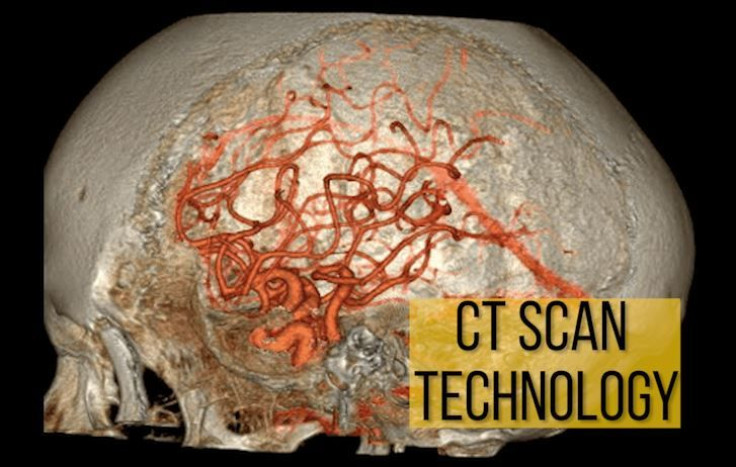CT Scanning In Emergency Rooms Doubles In Past Decade Due To 'Superior Diagnostic Accuracy'

When doctors reach for the right tools to diagnose injuries sustained by the 40 million people who visit emergency rooms each year, they are increasingly turning to CT scans to determine what happened, and how the injury should be treated, according to a recent report published in the Journal of Surgical Research.
Though X-rays are the most common and widely used imaging technique, CT scans, which combine X-ray technology with computer technology, have seen their use more than double between 2005 and 2013, or from about 3.5 percent to 7.2 percent, with CT scans most often used to diagnose head and spine injuries, according to the report. For the study, researchers from the University of California, San Francisco, and Stanford studied more than 8 million adult patients who had visited 348 state hospitals, and who had received emergency care for injuries such as falls or motor vehicle collisions.
“CT provides so much more information than X-rays, [especially of the soft tissue and internal organs]. We see an increasing desire to use these more sophisticated technologies,” senior author Dr. Renee Hsia, of the Phillip R. Lee Institute for Health Policy Studies at the University of California, San Francisco, told Medical Daily.
While traditional CT scans provide images in varying shades of gray, other models, such as GE Healthcare’s Revolution CT, advance the technology. Approved by the Food and Drug Administration last year, the Revolution produces high-quality images in varying colors of blood vessels; organs such as the heart and lungs; tissue; and bone. As an added benefit, it emits lower doses of radiation than other CT scanners currently in hospitals, thus reducing harmful exposure to patients.
Despite the benefits CT scans seem to present, there still isn’t concrete evidence to suggest they benefit patients with minor trauma. Though certain models of CT scanners such as the Rvolution emit lower doses of radiation, researchers also say that doctors must weigh the superior diagnostic benefits of the CT scanner with the risk of radiation exposure.
Hsia says for this reason, patients and practitioners alike should “be more aware of what appears to be a lower threshold to order imaging studies such as CT scans.” Hopefully, as people become more aware, “there will be more caution exercised when making these decisions.”
Source: Tong G, Staudenmayer K, Hsia, R.Use Of Emergency Department Imaging In Patients With Minor Trauma. Surgical Research. 2016



























